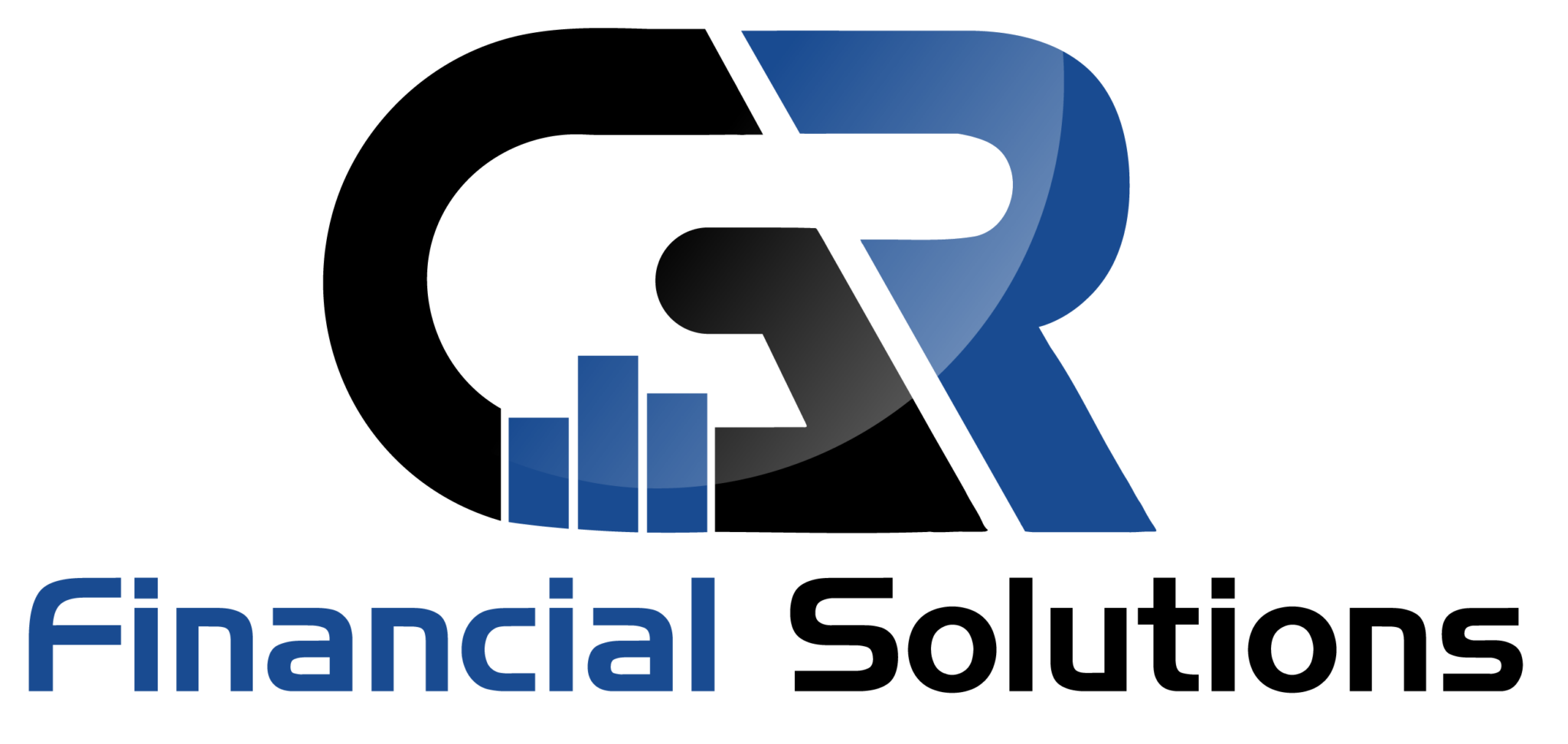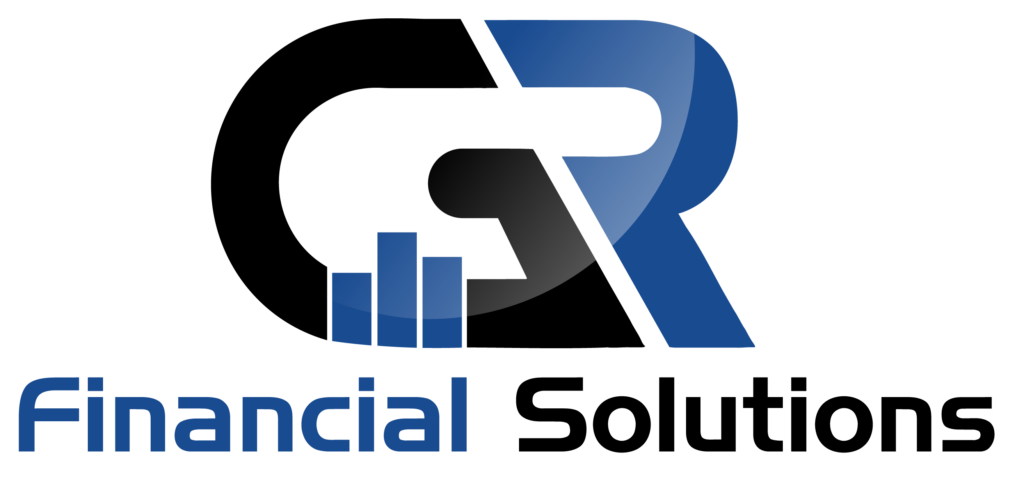In the early 1700s, Sir Isaac Newton – one of the smartest people who ever lived – got caught in a stock market frenzy. He made profits on the South Sea Bubble, then jumped back in at the peak and lost a fortune. He lamented that he could “calculate the motions of the heavenly bodies, but not the madness of the people.” In other words, even a genius couldn’t reliably time the market’s ups and downs. Fast forward to today: beating the market is still unbelievably hard – even many professional fund managers fail at it. Picking hot stocks or magically timing the market isn’t where a financial advisor’s true value lies. So where does it?
Emotional Guidance (Behavioral Coaching)
Investing is often an emotional rollercoaster. When markets soar, it’s tempting to throw caution aside; when markets tank, fear pushes us to sell. A financial advisor becomes your emotional anchor, providing calm, experienced advice so you don’t let fear or greed derail your long-term plan.
A Vanguard study attributed up to 150-200 basis points (1.5–2.0%) of an advisor’s value-add to preventing such costly mistakes. That’s because staying invested through turbulent times is incredibly powerful. For example, consider two investors during a market drop – one has an advisor, the other goes it alone. The advisor’s client stays calm and holds their diversified portfolio; the do-it-yourself investor sells at the bottom and sits in cash. When the recovery comes, who is better off? The chart below tells the story:
😨 May react emotionally to market downturns
📉 Could sell investments during market lows
⏱️ Might attempt to time market re-entry
💸 May miss significant portion of recovery
🔄 Could repeat cycle in future volatility
🧠 May focus on long-term plan during volatility
📊 Could maintain diversified portfolio
💰 Potentially stays invested through downturns
📈 May capture full market recovery
🛡️ Might develop resilience for future volatility
It’s not about timing the market, it’s about time in the market. A financial advisor acts as a behavioral coach, gently restraining you from reactive moves that “feel right” in the moment but hurt you in the long run. They remind you why you’re invested, update you with facts (not headlines), and keep you focused on your goals during storms.
Right Asset Allocation (Diversification and Planning)
If behavioral coaching is about keeping you on the rollercoaster, asset allocation is about building the rollercoaster the right way in the first place. Asset allocation simply means how you divide your money among different investment types, typically stocks (equities), bonds (fixed income), and cash (or other assets). It’s the foundation of any solid financial plan, because it balances risk and reward to fit you: your goals, timeline, and comfort level.
Asset allocation isn’t one-size-fits-all; it’s highly personal. Your advisor will ask about your objectives (retiring at 65? funding kids’ college?), your time horizon, and your risk tolerance. Then they craft a diversified portfolio accordingly. For example, they might spread your investments across U.S. stocks, international stocks, different types of bonds, maybe real estate or other assets – each plays a role. Diversification means that when one investment zigs down, another zags up, reducing the overall impact on you. Over the long run, a well-diversified portfolio can capture growth while reducing heart-stopping swings.
Finally, an advisor adds value by sticking to the allocation strategy. Over time, they’ll remind you of why you chose that mix. When headlines scream “Tech stocks are skyrocketing” or “Bonds are dead money!”, you might wonder if your allocation is wrong. Your advisor will either reassure you that it still fits your plan, or if your life circumstances changed, they’ll adjust it deliberately – but they won’t chase fads. This discipline ensures your portfolio’s risk level stays aligned with your goals at all times.
Regular Rebalancing (Staying on Track)
Setting a great asset allocation is step one; maintaining it is step two. Over time, markets move and your carefully planned mix will drift. Your stocks might grow faster than your bonds (a good thing!), but that can leave you over-exposed to stock risk if left unchecked. On the flip side, maybe bonds have a great run and now dominate more of your portfolio than intended, potentially slowing your growth. This is where rebalancing comes in. Vanguard’s research estimates that rebalancing can add about 0.14% (14 bps) per year in value – not huge on its own, but over 30 years that compounded difference is meaningful.
Rebalancing means periodically adjusting your portfolio back to your target mix. In practice, it often involves selling a bit of what’s gone up and buying more of what’s gone down. That sounds simple, but emotionally it’s hard – it goes against our instincts! We naturally want to keep riding winners and avoid “throwing money” at losers. Yet “buy low, sell high” is the oldest investing wisdom, and rebalancing enforces that discipline systematically. A financial advisor handles rebalancing for you, taking the emotion out of the process.
Let’s illustrate: Suppose your plan is 60% stocks and 40% bonds. After a year of strong stock gains, you might now be 70% stocks and 30% bonds. You’re actually taking on more risk than you intended. Your advisor will likely advise selling a portion of stocks (trimming the gains) and buying bonds until you’re back to 60/40.

This helps you “lock in” some profits from stocks and reinforce your safety cushion in bonds. In a year where stocks fell and bonds rose, they’d do the opposite – sell some bonds high and buy stocks while they’re cheap. It’s a rinse-and-repeat process over decades that keeps your risk level steady. (and it certainly helps reduce wild swings in your portfolio’s ride).
Tax-Aware Investing
It’s not just what you earn on your investments that matters – it’s what you keep after taxes. That’s where a financial advisor’s tax savvy can make a big difference. Advisors aren’t tax preparers, but they do strategic tax planning for your investments, a service often called tax-efficient investing. One major aspect of this is asset location – placing investments in the right types of accounts to minimize taxes.
You likely have investments in different account “buckets”: taxable accounts (regular brokerage accounts), tax-deferred accounts (like a 401(k) or traditional IRA, where taxes are deferred until withdrawal), and maybe tax-free accounts (like a Roth IRA, where qualified withdrawals are tax-free). An advisor helps decide which investments to put in which bucket. Why? Because certain investments are tax-inefficient (they generate a lot of taxable income each year) while others are tax-efficient. By properly locating assets, an advisor can reduce your yearly tax drag and potentially improve after-tax returns by an estimated ~0.75% per year.
For example, say you have stocks and bonds in your portfolio. Stocks (especially index funds or ETFs) are relatively tax-efficient in a taxable account because they primarily grow via price appreciation (taxed only when sold) and qualified dividends (lower tax rate). Bonds, however, pay interest that is taxed as ordinary income each year – quite tax-inefficient in a taxable account. So an advisor might put more of your bonds inside your tax-deferred IRA/401k (where that interest can accumulate without immediate tax) and hold more stocks in the taxable account. This way, you shield the highly-taxed interest inside a retirement account. Similarly, high-turnover funds or REITs (which throw off lots of taxable income) are ideal for tax-deferred accounts, whereas equity index ETFs or tax-managed funds work well in taxable space. This thoughtful placement is asset location in action.

-
✓ Index ETFs/Funds
Low turnover, qualified dividends
-
✓ Tax-Managed Funds
Designed to minimize distributions
-
✓ Municipal Bonds
Interest often tax-exempt
-
✓ Individual Stocks (Long-term)
Lower capital gains rates
-
✓ Taxable Bonds
Shield interest from current taxation
-
✓ REITs
Shelter high-yield dividends
-
✓ High-Turnover Funds
Defer taxes on frequent trading
-
✓ High-Yield Investments
Defer taxation on income
-
✓ Highest-Growth Assets
Maximum tax-free appreciation potential
-
✓ Small-Cap Stocks
Higher growth potential, tax-free
-
✓ Emerging Markets
Long-term growth potential, tax-free
-
✓ High-Income Investments
All income potentially tax-free
Beyond asset location, advisors deploy other tax strategies too: for example, tax-loss harvesting (selling investments that are down to realize losses you can use to offset other gains or income – effectively a tax rebate that can add value). They also manage the timing of selling assets in taxable accounts, aiming to incur long-term capital gains (lower tax rate) instead of short-term gains whenever possible. They’ll consider your tax brackets, Roth conversion opportunities, and more, as part of an integrated plan.
Smart Withdrawal Strategies
Decades of saving and investing wisely can be undone by poor decisions in retirement withdrawals. How and in what order you withdraw from your accounts can dramatically affect how long your nest egg lasts (and how much tax you pay). Financial advisors add a lot of value in helping retirees develop a smart withdrawal strategy. Vanguard estimates effective withdrawal order planning can add roughly 1.0% per year of extra value during retirement distribution – a huge impact when you’re drawing down assets.
Withdrawal strategy means deciding which account to tap first and how to sequence withdrawals from taxable, tax-deferred, and tax-free accounts. The goal is to maximize after-tax income and prolong the portfolio. A common guideline (which an advisor can tailor) goes like this: use up required minimum distributions (RMDs) first (because those are forced after age 73), then spend down taxable account assets (since those are only partially taxed and letting them grow could increase future capital gains), then tap tax-deferred accounts (traditional IRA/401k), and leave Roth IRA (tax-free) for last. The logic is to defer taxes as long as possible on the Roth by letting it grow untouched, and also Roth money can grow tax-free for heirs. Meanwhile, you reduce the growing tax-deferred balances gradually so RMDs later don’t spike your tax bracket. Of course, individual situations vary, but advisors use frameworks like this to guide withdrawals.

- These withdrawals are required by law and cannot be avoided
- Penalties for non-withdrawal are steep (25% of required amount not taken)
- May cause higher tax brackets if not planned for strategically
- Only gains are taxed (your principal has already been taxed)
- Long-term capital gains typically have lower tax rates than ordinary income
- Spending these earlier could reduce future required capital gains taxes
- Allows tax-advantaged accounts more time to grow
- Withdrawals taxed as ordinary income - could affect tax bracket
- Drawing these down gradually may help avoid large RMDs later
- Strategic withdrawals to "fill up" lower tax brackets may be beneficial
- May coordinate with partial Roth conversions in lower-income years
- Qualified withdrawals are tax-free
- No RMDs for Roth IRAs during owner's lifetime
- Preserving these for last maximizes tax-free growth potential
- Tax-efficient for heirs (potential for continued tax-free growth)
Advisors also consider nuances like: what if your taxable account has stocks with large unrealized gains? They may strategically sell specific lots to minimize taxes or utilize any tax-loss carryovers. Or if you’re in a low tax bracket early in retirement, they might do partial Roth conversions (moving some Traditional IRA money to Roth and paying a little tax now) to reduce future RMDs – this can be complex to optimize, but advisors run the numbers. The net effect is optimizing when and how you pay taxes so that you don’t get hit with a massive tax bill all at once or run out of money prematurely.
Cost-Effective Implementation (Keeping Fees Low)
When it comes to investing, costs matter – a lot. Every dollar you pay in fees or unnecessary expenses is a dollar less compounding for your future. A key way financial advisors help is by choosing cost-effective solutions for your investments, essentially helping you keep more of your money. This might sound ironic (“Don’t advisors add an extra cost themselves?” – we’ll get to that), but a good advisor actually more than earns their fee by saving you money elsewhere, especially on investment products.
One of the simplest value-adds: an advisor will typically steer you toward low-cost investments – for example, favoring index funds or ETFs with low expense ratios over pricey, flashy mutual funds that charge 1%+ annually. They’ll also help you avoid sales loads or high commissions. Vanguard quantified this benefit at about 0.30% per year in higher returns, purely from fee savings. That might underestimate it for some cases – if an investor was in very high-cost funds before, switching to low-cost could save much more. Advisors also review things like your 401(k) investment choices (sometimes replacing expensive funds with cheaper equivalents in an IRA rollover, for instance) and ensure you’re not overpaying for account management or transaction costs.
Imagine two portfolios: Portfolio A uses high-cost funds averaging 1.2% in fees, Portfolio B uses low-cost funds averaging 0.2% in fees. That’s a full 1% difference in drag every year. Over 30 years, Portfolio B could end up tens of thousands of dollars ahead even if both had the exact same market performance, just because it kept more money invested instead of paying fees.

| Portfolio Comparison | Higher-Cost Portfolio | Lower-Cost Portfolio |
|---|---|---|
| Market Return | 7% per year | 7% per year |
| Investment Costs | 2% per year | 1% per year |
| Net Return | 5% per year | 6% per year |
In summary, a financial advisor acts as your advocate in the investment marketplace, squeezing every bit of efficiency so you don’t pay a dollar more than needed. This way, more of your hard-earned money stays invested and working for you. Over decades, that could mean reaching your financial goals years earlier than you would have otherwise.
The Bottom Line: A Partner in Your Financial Success
As we’ve seen, a financial advisor’s true value isn’t about having a crystal ball or “hot stock picks.” It’s about being a knowledgeable partner on your financial journey – a coach, planner, protector, and guide all in one. From keeping you calm during market storms, to crafting a tailored investment plan, to fine-tuning taxes and withdrawals, to ensuring you’re protected from life’s surprises, an advisor’s contributions are broad and deeply impactful. In quantitative terms, studies like Vanguard’s put that value at roughly 3% additional return per year. But beyond the numbers, it’s the qualitative benefits – peace of mind, confidence, time saved, and stress avoided – that truly underscore how an advisor helps.
If you’re curious about how personalized financial advice could benefit you, we invite you to experience it firsthand. Click the button below to schedule a free consultation with our team. Let’s talk about your dreams, your worries, and how we can help you make the most of every dollar. It’s time to see what a friendly, knowledgeable financial advisor can actually do for you – and your peace of mind. We look forward to meeting you and helping you thrive!

